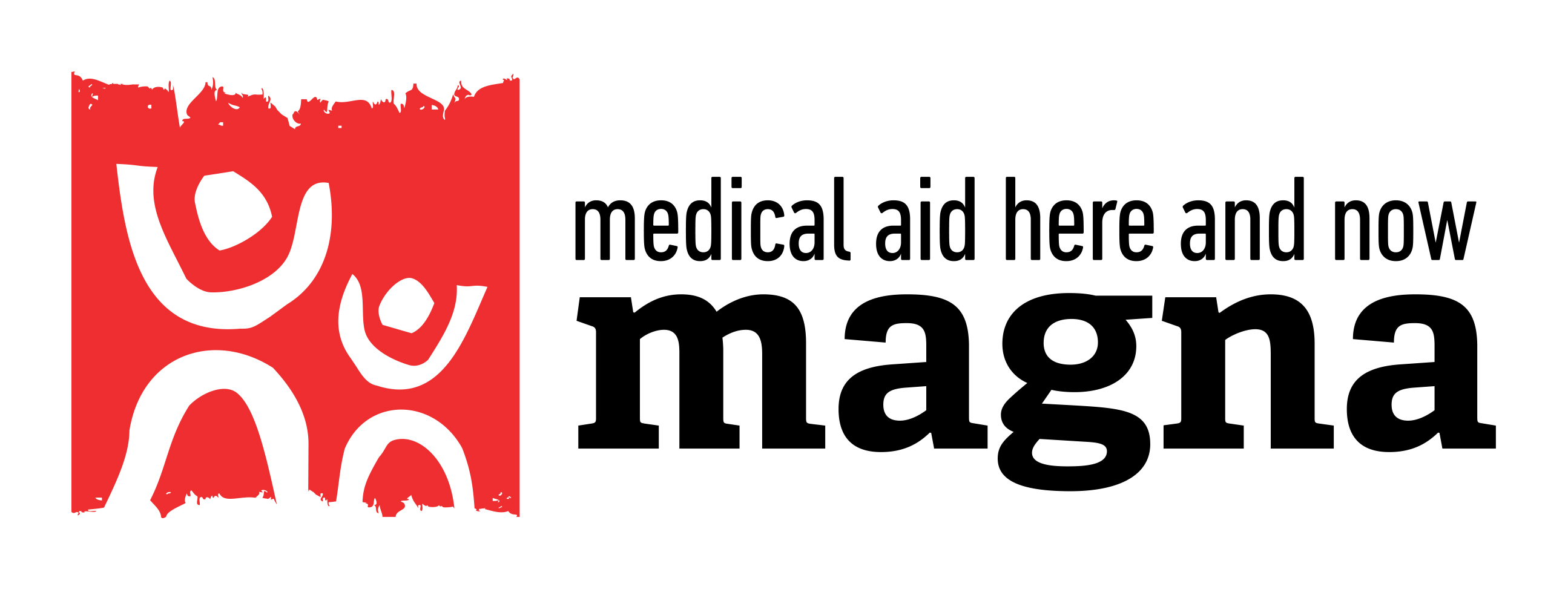Nepal, 11 days after the earthquake
On Tuesday morning, the life in Kathmandu is slowly getting back to its “after-trauma” normality: the offices are open for a couple of hours a day while larger businesses and small tradesmen are settling at their usual outposts. However, sadness and fear still rule over the city.
Kathmandu is half empty today. Many people left the city a few days after the disaster to go back to the towns and cities they left some years back. There are many reasons for such “escape”. First and foremost, many people lost their jobsm the roofs above their heads and no one really knows what to expect in the future in Kathmandu. They are able to imagine their village lives; however, they are not able to imagine their lives in a destroyed city. These reactions are natural, especially after such catastrophy and especially for people, whose primary feeling is fear, who suffer from trauma from the catastrophic events of the previous days.
On the one hand, the fact that people are leaving is perceived positively, especially from a health perspective – the probability of any epidemic occurrence and spread of infection is in this case lower than it would have been in an overcrowded city.
The huge makeshift tent camps are, therefore, gradually emptying. One such tent camp is also in the city of Tundikhel. It is also very important for humanitarian help, as the help has to be also directed to the rural parts of the country, outside of Kathmandu.
MAGNA responds to this situation by sending its semi-mobile psychosocial aid units to more rural areas such as Sindhupalchok region.
Karin Slováková, MAGNA coordinator in Nepal
